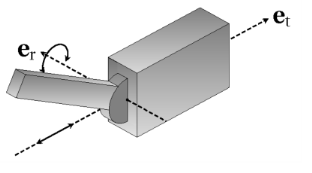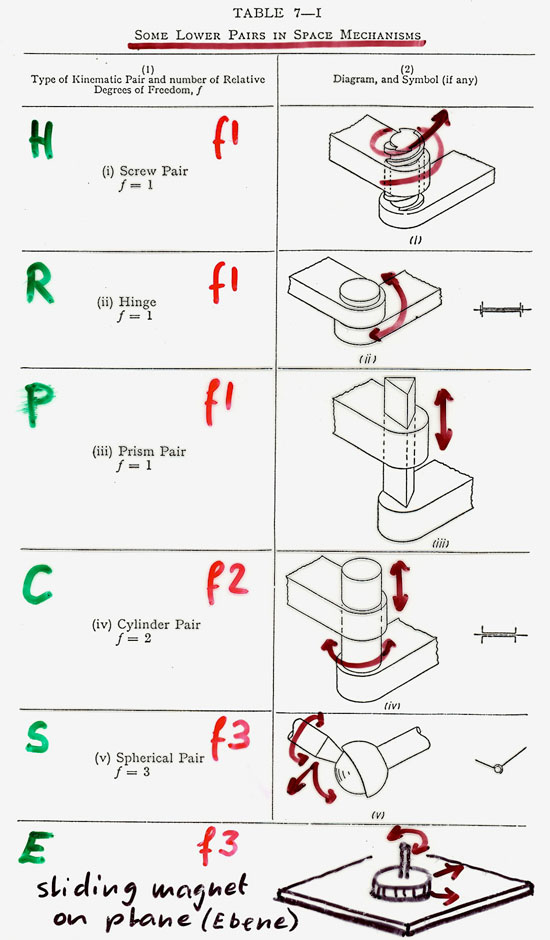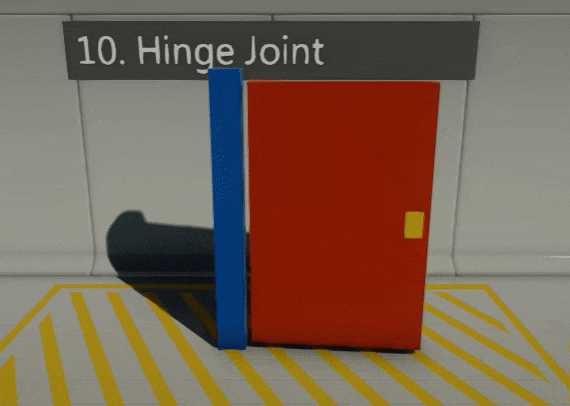Hinge Joint Degrees Of Freedom, Translation Movement Along X Y And Z Axis Three Degrees Of Freedom Rotation Rotate About X Y And Z Axis Three Degrees Ppt Video Online Download
Hinge joint degrees of freedom Indeed recently has been hunted by users around us, maybe one of you. Individuals are now accustomed to using the net in gadgets to view image and video data for inspiration, and according to the title of the post I will discuss about Hinge Joint Degrees Of Freedom.
- Elbow Assessment
- Types Of Kinematic Joints In The Design Of Machines Bright Hub Engineering
- Normal Biomechanics Of Knee And Movements Bone And Spine
- Basic Structure And Function Of Human Joints Clinical Gate
- Deskbot Part 1 Architecture Lack Of Focus
- Degrees Of Freedom Of A Robot Until Now We Covered The By Khalil Idrissi Medium
Find, Read, And Discover Hinge Joint Degrees Of Freedom, Such Us:
- Https Hal Archives Ouvertes Fr Hal 01635103 Document
- Me659connecting Joints 01 Me 6590 Studocu
- Advanced Games Development Physics Engines 2 Co2301 Games Development 1 Week Ppt Download
- Chapter 9 Docx Chapter 9 1 Which Is Not Correct Regarding Articulations All Articulations Contain Some Type Of Cartilage 2 The Term Diarthrosis Refers Course Hero
- Solved Link Eg Is Connected By A Hinge Joint By Point G T Chegg Com
If you are looking for Intramembranous Ossification you've reached the right place. We have 104 images about intramembranous ossification including images, pictures, photos, wallpapers, and more. In such webpage, we additionally provide variety of images out there. Such as png, jpg, animated gifs, pic art, logo, blackandwhite, transparent, etc.
Sometimes one uses the term degree of freedom of a joint instead of the connectivity of a joint.

Intramembranous ossification. The revolute prismatic and helical joint have a connectivity 1. Using mpc type linear. All other translations or rotations being prevented and thus a hinge has one degree of freedom.
The angle of rotation in the case of a revolute joint and the amount of linear displacement in the case of a prismatic joint. Therefore a hinge is formed along the line defined by the constrained nodes. If a joint with connectivity f i f i degrees of freedom of the joint is formed between two bodies the mobility of the system is diminished since those two bodies originally had three degrees of freedom of motion relative to one another.
Joint has only a single degree of freedom of motion. The spherical joint has a connectivity of 3. These degrees of freedom can be used.
A joint or articulation articular surface is the connection made between bones in the body which link the skeletal system into a functional whole 1they are constructed to allow for different degrees and types of movement and are classified by both structural design and functionailty2some joints such as the knee elbow and shoulder are self lubricating almost frictionless and are. In other cases dependent degrees of freedom should not be used subsequently to impose kinematic constraints. Mainly used for ragdoll effects.
In this book it is assumed throughout that all joints have only a single degree of freedom. Degrees of freedom. Fixed this is not really a joint because it cannot move.
Continuous a continuous hinge joint that rotates around the axis and has no upper and lower limits. In contrast a ball and socket joint has two degrees of freedom. Therefore the total mobility of the system is m 3n 1.
Prismatic a sliding joint that slides along the axis and has a limited range specified by the upper and lower limits. X o f r. Condyloid joints are a type of synovial joint where the articular surface of one bone has an ovoid convexity sitting within an ellipsoidal cavity of the other bone.
All degrees of freedom are locked. Constrains rigid body movement along all linear degrees of freedom and enables all angular freedoms. Hinges may be made of flexible material or of moving components.
Emulates a ball and socket joint like a hip or shoulder. Two objects connected by an ideal hinge rotate relative to each other about a fixed axis of rotation. The number of rotational degrees of freedom comes from the dimension of the rotation group son.
The position of an n dimensional rigid body is defined by the rigid transformation t a d where d is an n dimensional translation and a is an n n rotation matrix which has n translational degrees of freedom and nn 12 rotational degrees of freedom. Character joint an extended ball socket joint which allows a joint to be limited on each axis. In biology many joints function as hinges like the elbow joint.
Condyloid joints allow movement with two degrees of freedom much like saddle jointsthey allow flexionextension abductionadduction and therefore also allow circumduction.
More From Intramembranous Ossification
- Hinge Joint Range
- Ball And Socket Joints Location
- Hinge Joint Of Mandible
- Hinge Joint Can Move Only
- Hinge Joint Range Of Movement
Incoming Search Terms:
- Normal Biomechanics Of Knee And Movements Bone And Spine Hinge Joint Range Of Movement,
- Open Dynamics Engine Hinge Joint Range Of Movement,
- Ball Joint Theory Hinge Joint Range Of Movement,
- Calculation Example Of The Degree Of Freedom Of The Mechanism Programmer Sought Hinge Joint Range Of Movement,
- Reduced Slot Joint Theory Hinge Joint Range Of Movement,
- Constraints And Joints Matlab Simulink Hinge Joint Range Of Movement,








